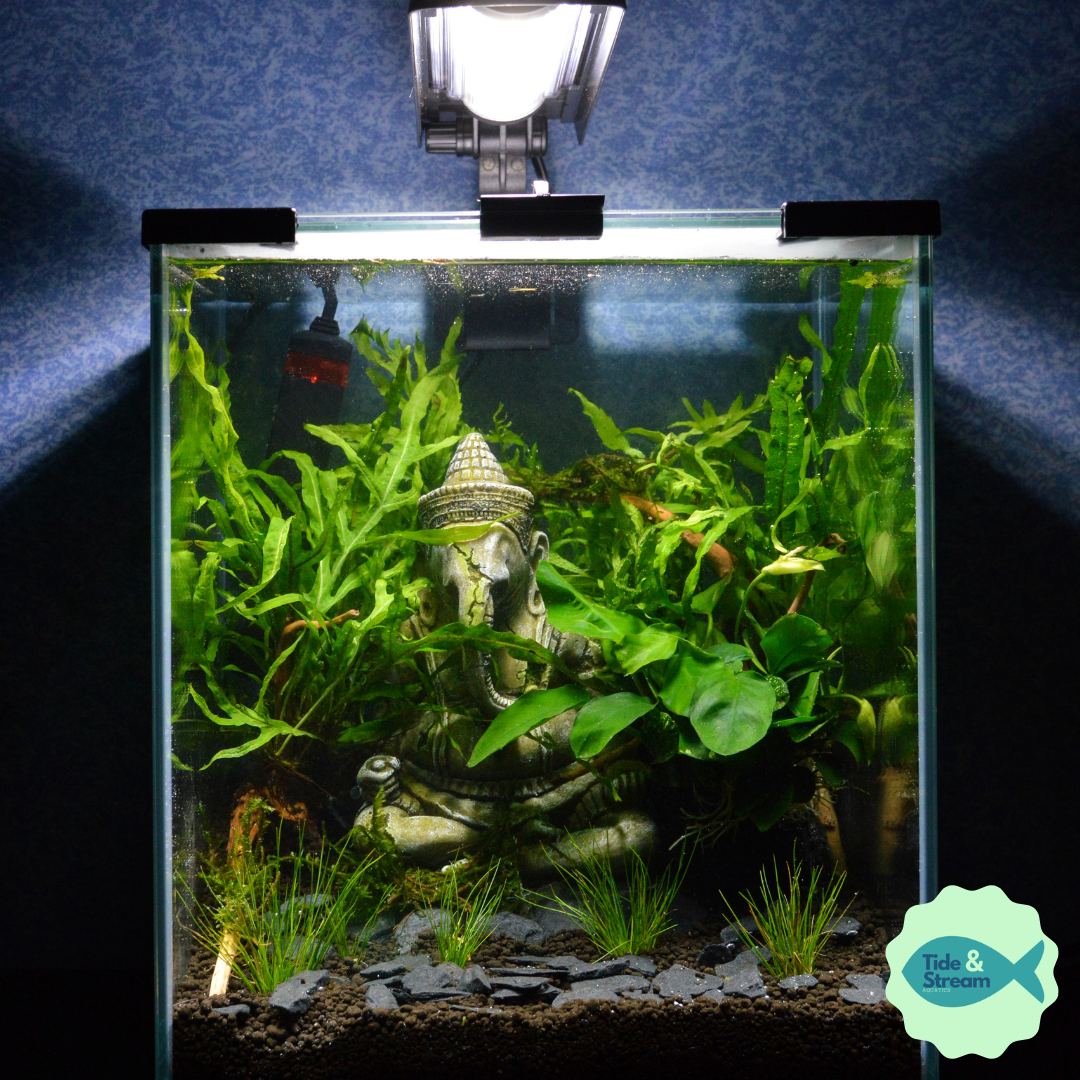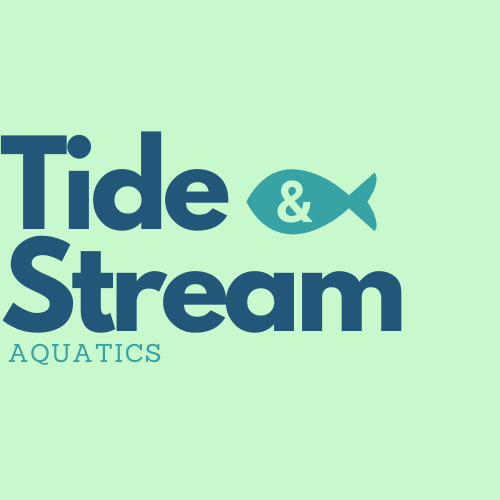
Nano Aquariums...Are They Worth the Hype?
Share
Nano Aquariums: Tiny Worlds, Big Potential
Nano aquariums, often defined as tanks under 10 gallons, have gained immense popularity among hobbyists due to their compact size and low maintenance requirements. These miniature ecosystems offer a delightful way to experience the beauty of the underwater world without the commitment of a larger aquarium. Let's delve into the world of nano aquariums, exploring their typical size, suitable inhabitants, and the advantages and disadvantages of owning one.

Typical Size and Setup
Nano aquariums come in various sizes, but the most common range from 1 to 5 gallons. The smaller the tank, the more critical it is to maintain water quality and avoid overcrowding. While these tanks are often cylindrical or rectangular, there are also unique shapes available to suit different aesthetics.
Setting up a nano aquarium is relatively straightforward. Begin by choosing a suitable tank and filling it with filtered water. Add a substrate, such as sand or gravel, to create a natural-looking bottom. Incorporate live plants to provide oxygen, shelter, and visual appeal. Finally, introduce a compatible fish species or invertebrate population.
Suitable Inhabitants
Nano aquariums are ideal for housing smaller fish species and invertebrates. Here are some popular choices:
Fish:
- Neon Tetras: These tiny, vibrant fish are known for their schooling behavior and peaceful nature.
- Guppies: Guppies come in a wide variety of colors and patterns, making them a popular choice for nano aquariums.
- Pygmy Corydoras: These small catfish are peaceful and enjoy exploring the substrate.
Invertebrates:
- Snails: Snails help keep the tank clean by consuming algae.
- Nano Shrimp: These colorful shrimp are easy to care for and add a touch of biodiversity to the tank.
Note: When selecting inhabitants for a nano aquarium, it's essential to consider their size, compatibility, and care requirements. Overcrowding can lead to stress, disease, and poor water quality.

Pros and Cons of Nano Aquariums
Pros:
- Compact Size: Nano aquariums fit easily into small spaces, making them ideal for apartments, dorms, or offices.
- Low Maintenance: Compared to larger aquariums, nano tanks require less time and effort to maintain.
- Affordable: The initial setup cost and ongoing expenses for a nano aquarium are generally lower than for larger tanks.
- Educational: Nano aquariums provide an excellent opportunity to learn about aquatic ecosystems and observe the behavior of fish and invertebrates.
- Aesthetically Pleasing: A well-designed nano aquarium can be a beautiful addition to any room.
Cons:
- Limited Space: The small size of nano aquariums restricts the number and types of inhabitants.
- Sensitive to Changes: Water quality fluctuations can have a significant impact on a nano aquarium due to its smaller volume.
- Regular Water Changes: Frequent water changes are necessary to maintain optimal conditions in a nano aquarium.
- Limited Bioload: The amount of waste produced by the inhabitants must be carefully monitored to avoid water quality issues.
- Potential for Overcrowding: It's easy to overcrowd a nano aquarium, leading to stress and health problems.
Conclusion
Nano aquariums offer a unique and rewarding experience for fish enthusiasts of all levels. Their compact size, low maintenance requirements, and aesthetic appeal make them an excellent choice for those seeking a miniature underwater world. By carefully considering the factors discussed in this blog post, you can create a thriving nano aquarium that brings joy and tranquility to your home.
